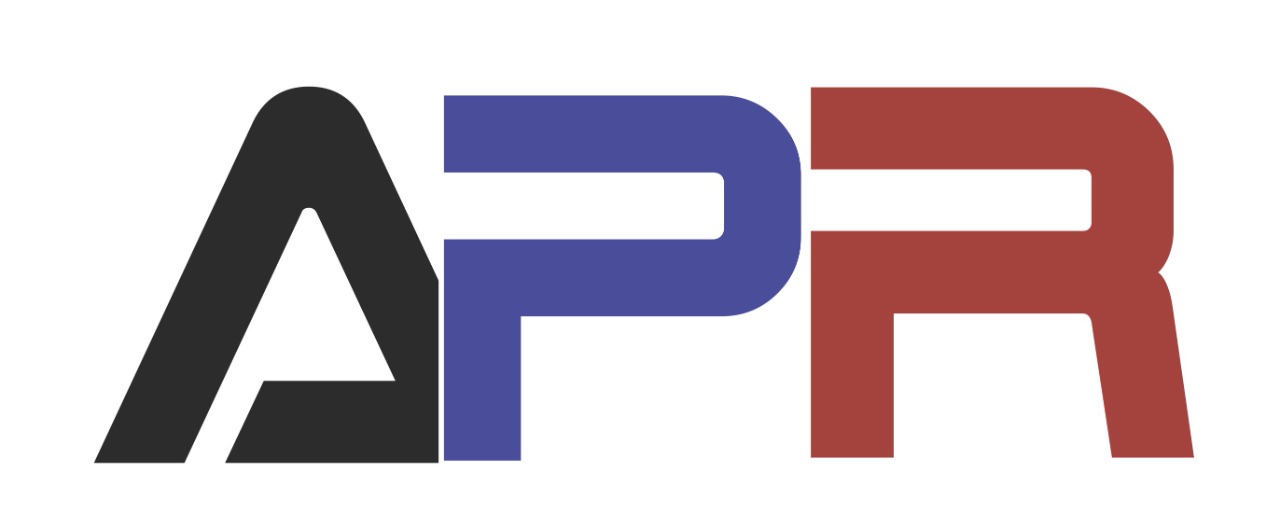Professional Development
Professional Development
APR is committed to provide members with lifelong learning and training opportunities through an array of Professional Development programs and activities. APR’s distinct leadership programs are designed to train future leaders in medicine by providing practicing Pharmacologist with training from executive coaches, networking opportunities with colleagues, as well as mentorship from APR leaders.
Benefits of APR professional Development Programme
Network and receive mentorship from APR leadership
Gain exposure from government research agencies
Enhance leadership skills through interactive sessions
Receive first-hand advocacy experience
Join a community of education scholars,
Undergo learning science training,
Design an APR education activity based on learning theory and learning science,
Become Pharmaceutical education leaders, and Undertake leadership training.
Clinical and Research Interests
General Career Guidance
Publication Guidance
Professional Study Credits
CME is the abbreviation for Continuing Medical Education and consists of educational activities which serve to maintain, develop, or increase the knowledge, skills, and professional performance as well as relationships that a physician uses to provide services for patients, the public, or the profession.
CME refers to educational events that have been approved for CME credits. CME credits are important to physicians because some states require a specified number of credits annually to maintain medical licenses, and also because most hospitals require a specific number of credits for their physicians to remain credentialed in order to see patients.
The sponsoring organization must be,
Be accredited by either the Accreditation Council for Continuing Pharmaceutical Education (ACCME) or a recognized state Pharmaceutical society (SMS).
Meet all requirements of both the AMA and their accreditor (ACCME or SMS).
CME credit is designed on an hour-for-hours basis, i.e. for every hour one spends in an educational activity, one would receive 1 CME credit. There are many activities including breaks or other activities that do not qualify for any CME credit. These hours are not included when determining the total hours of credit for the activity.
These credits are considered CMEs (continuing medical education). No more than half (62.5) of the required number of contact hours may be earned through CMEs. You are responsible for converting CME credits into contact hours using the following ANCC conversion: 1 CME credit = 1 contact hour.
If your job requires any type of license or certification, then you are most likely required to complete CME each year in order to renew your license or certification. Nurses, doctors, and allied health professionals are all required to complete CME credits yearly. As a result, CME is an ongoing requirement throughout the career of these medical, health professionals.

